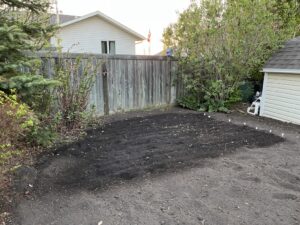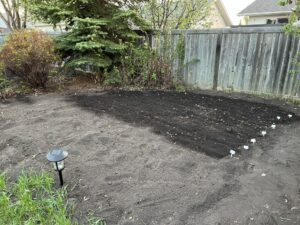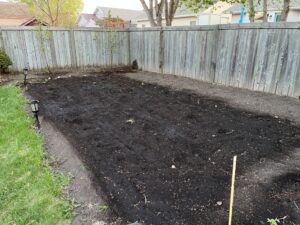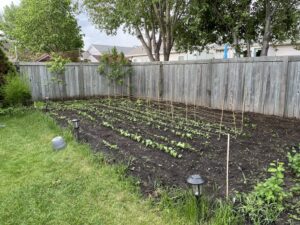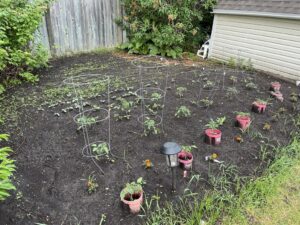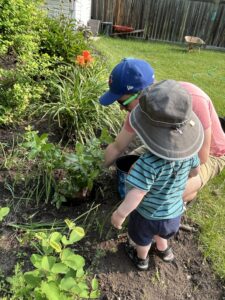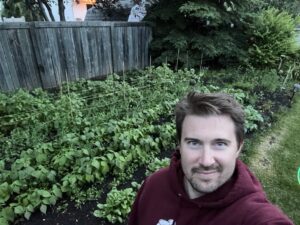Building community and engaging learners is critical in any classroom setting, whether online, blended, or completely in person. It is important all learners feel a sense of belonging, apart of the conversation, and that they are within the learning. Instead of a teacher drilling facts into their young brains, we need to rather think of teachers as facilitators, “which students are encouraged and supported to work together to create knowledge: to invent, to explore ways to innovate, and, by so doing, to seek the conceptual knowledge needed to solve problems rather than recite what they think is the right answer” as Bates stated. The teacher then can be alongside the learning as students create communities and engage in conversations.
Within my own blended classroom, I need to encourage and have opportunities for online discussions to create connections, ask questions and learn from each other. To do so, it is important to create meaningful online discussions that will encourage the students to participate and be a part of the learning. Bates says we need the following for meaningful online discussions:
- appropriate technology
- clear guidelines on student online behaviour
- clear goals
- choice of appropriate topics
- setting an appropriate ‘tone’ or requirements for discussion
- defining clear learner roles and expectations
- monitoring the participation of individual learners, and responding accordingly
- regular, ongoing instructor ‘presence’
- ensuring strong articulation between discussion topics and assessment.
It is clear, that thought and pre-planning needs to be involved in the process of creating and facilitating an online community.

My students have many opportunities to interact within the classroom and their online communities. My students have these opportunities through threads on Google Classroom, Flipgrid (where they can create videos and interact with each other), and various videos of myself, explaining the tasks at hand and then students can react to the videos posted and ask questions as needed. I think involving myself within their online learnings is important, for them to make connections and to ensure their learning styles are being met. My group of students is very diverse, with different learning needs, and therefore, it is important to provide clear exceptions and ensure all content is laid out simplistically. Through these opportunities to interact and connect, students can build a sense of community, where they are involved and a part of the learning.
“Community is more than participation; it requires moving from participation to engagement, involvement, and action.”
Further, my students are very familiar with Google Classroom, and therefore, creating posts and responding on the stream, is manageable for them as they understand the expectations, how to use it, and what their roles are within it. As I said before, my group of students is very diverse, as they all have learning challenges, so this is a way for them to build that sense of community without overwhelming them and expecting them to become familiar with too many platforms. With Google Classroom, I can provide videos of myself in relation to their learnings, create streams/discussions and allow the students to post questions and comments, as well. Further, on Google Classroom, I can create a topic, called Flipgrid. By simply clicking the link, students will be directed to the platform where they can create videos and interact with each other. This is something new, so it will take some pre-teaching to review the platform on how to use it, the expectations/role of each student, and creating of goals (what do we want as a community on Flipgrid). I feel my students will be capable of building connections and interacting as it all comes down to one LMS, Google Classroom. Inevitably, students will be a part of transformative learning.
As discussed prior, the teacher within these communities than acts as a facilitator. Meaning, when creating assessments and guidelines around these communities, the students and the teacher, will co-create what they would like to see, to ensure all input.

Building online communities is vital for students to create, discuss, participate, and create. It is clear that “online collaborative learning as a result can also directly support the development of a range of high-level intellectual skills, such as critical thinking, analytical thinking, synthesis, and evaluation, which are key requirements for learners in a digital age.” I am excited to continue building communities, on and offline.








